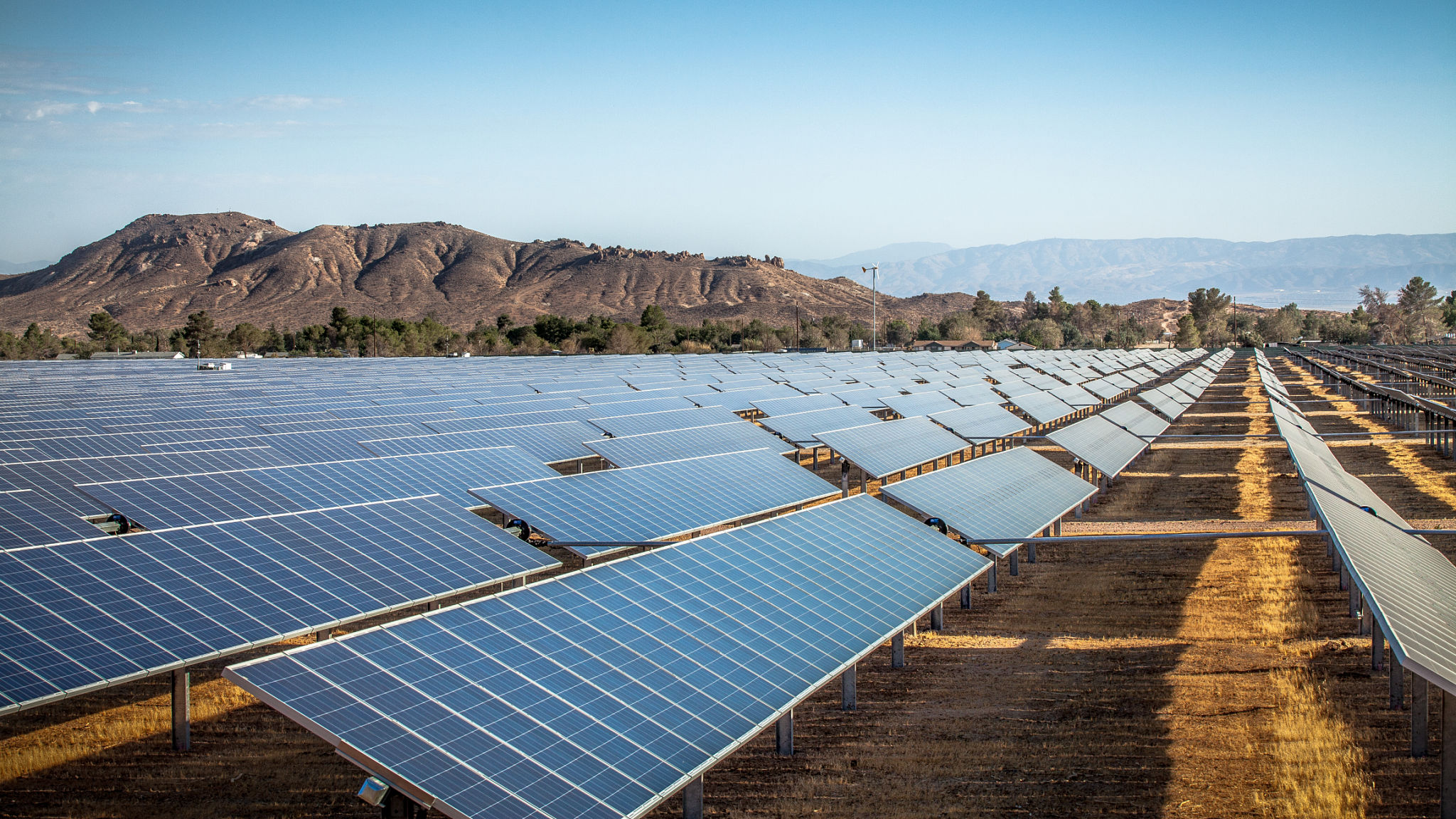Case Study: Successful Solar Energy Projects and Their Impact
Introduction to Solar Energy Projects
The global shift towards renewable energy sources has seen a significant rise in solar energy projects. These initiatives not only contribute to reducing carbon footprints but also provide sustainable energy solutions for communities worldwide. In this blog post, we will explore some successful solar energy projects and analyze their impact on both local and global scales.
Solar energy projects have been implemented in various forms, from residential rooftops to large-scale solar farms. These projects harness the power of the sun, converting it into electricity through photovoltaic panels or concentrated solar power systems. The versatility and scalability of solar technology make it a popular choice for energy production.

Case Study: Noor Abu Dhabi
The Noor Abu Dhabi solar plant, located in the United Arab Emirates, is one of the largest single-site solar projects in the world. With a capacity of 1.18 gigawatts, it supplies clean energy to over 90,000 households and reduces carbon emissions by approximately 1 million metric tons annually. This project showcases how large-scale solar installations can significantly contribute to national energy needs.
Notably, the Noor Abu Dhabi project was completed ahead of schedule and under budget, demonstrating effective project management and the potential for cost efficiency in solar energy projects. The success of Noor Abu Dhabi serves as a model for other countries looking to expand their renewable energy portfolios.

The Impact on Local Economies
Solar energy projects like Noor Abu Dhabi have far-reaching impacts on local economies. Firstly, they create job opportunities during both the construction and operational phases. This not only boosts employment rates but also enhances the skill set of the local workforce. Secondly, these projects attract investments and can stimulate economic growth by fostering a sustainable energy market.
Furthermore, by reducing reliance on fossil fuels, solar projects help stabilize energy costs for consumers and governments alike. This stability can lead to economic benefits such as reduced energy bills and improved energy security.

Community Benefits and Environmental Impact
Beyond economic advantages, solar energy projects significantly benefit communities by providing cleaner air and a healthier environment. By reducing greenhouse gas emissions, these projects play a crucial role in combating climate change and promoting environmental sustainability.
Communities hosting solar projects often experience enhanced quality of life due to decreased pollution levels. Additionally, educational initiatives associated with these projects can raise awareness about renewable energy and its importance, fostering a culture of sustainability among residents.
Conclusion: Lessons Learned
The success of solar energy projects like Noor Abu Dhabi highlights the potential for renewable energy to transform both economies and communities. Key lessons from these projects include the importance of strategic planning, investment in technology, and community engagement. As more regions look to adopt solar solutions, these case studies serve as valuable blueprints for achieving sustainable growth.
In conclusion, the impact of successful solar energy projects extends beyond mere energy production. They are catalysts for economic development, environmental preservation, and community empowerment. By learning from these initiatives, we can pave the way for a cleaner, more sustainable future.